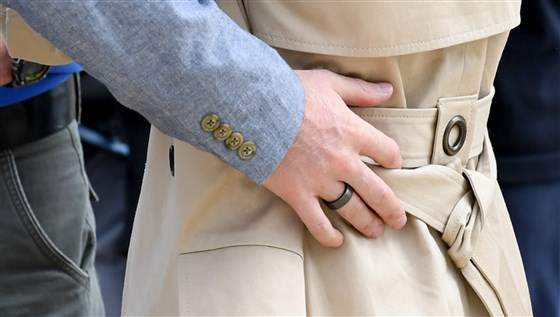KBC Bank in Belgium said that a thousand of its customers will be the first people in the country to try out making contactless payments with wearables.

Image: KBC Bank to test wearables contactless payments technology. Photo: Courtesy of KBC Group.
KBC Bank stated that the wearables will be fashion accessories that use the similar near field communication (NFC) technology as contactless payment cards, except the chip is behind it all is built into either a ring, watch, bracelet, key ring or other accessory instead of a plastic card.
The trial will be run in association with Mastercard. The bank’s customers will be able to make fully secure wearable payments anywhere they see the Maestro sign.
Customers should hold their wearable close to contactless payment terminals to make PINless payments of up to €25. They will still need to enter their PIN for larger amounts, just like any other contactless card payments.
The trail will run for one year, from 1 December 2018, to 31 December 2019. The aim of this trial is to help the bank learn how the customers experience wearable payments. Feedback from the customers will be crucial for further development and launch of such payments systems.
KBC Bank is inviting customers to participate in this trial. Those who wish to participate in this trial will have to apply before 18 November 2018.
The trial is presently limited only to KBC Bank customers and once it is launched, all of the KBC Brussels and CBC customers will be able to use this service.
If the wearable is lost, or stolen, they can block it using the app, which will be given as part of the trial or they can have the linked payment card blocked by Card Stop.
KBC digital transformation general manager Karin Van Hoecke said: “Contactless payments by wearable is an innovative way to pay that we’d like to explore with our customers. How do they experience it? How do they feel about being able to pay for smaller purchases in shops or lunch in a restaurant with their ring, bracelet or key ring? We can’t wait for their feedback!
“We see wearables as another way to pay, rather than a replacement for other existing payment methods. Our customers will ultimately decide which method they prefer from the broad and most user-friendly choice we want to give them.”
